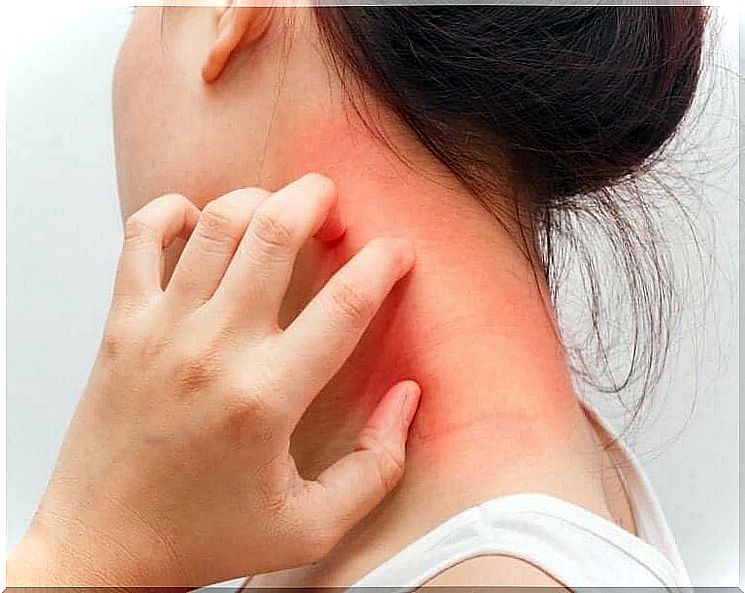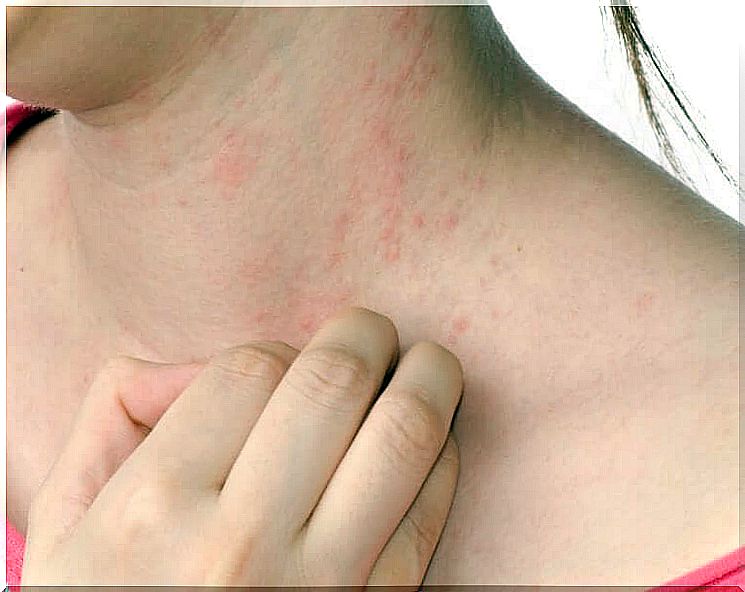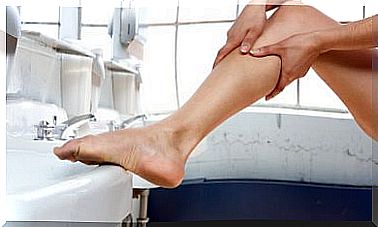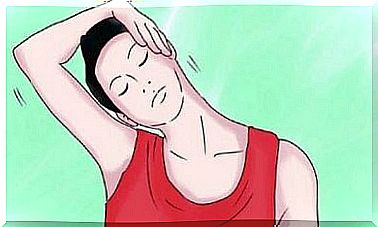Things Worth Knowing About Neurodermatitis
Neurodermatitis is a skin disease that has increased in recent years. Around a fifth of children suffer from it. But not only children, adults too can be affected.

Neurodermatitis, also called atopic eczema or atopic dermatitis, is a skin disease that causes skin reddening and itching. Children suffer from it more often, but adults can also get it. Usually eczema develops chronically but occurs in episodes.
It is estimated that 20% of children worldwide suffer from neurodermatitis. The incidence is slightly higher in developed countries in the northern hemisphere, but the disease is found all over the world. Between 3 and 5% of children who suffer from it have outbreaks in adulthood.
The incidence has increased in recent years. This is due to environmental factors and unhealthy lifestyle habits: stress, lack of sleep and other factors play an important role here. At the moment there is no cure for eczema, but various studies are underway to make progress.
The clinical picture of neurodermatitis

Atopic eczema manifests itself as redness and itching in certain areas of the body. In addition, it often leads to skin dryness. Dandruff and skin changes form, which can be very uncomfortable. Sometimes weeping eczema also develops.
According to the Spanish Association for Pediatrics, atopic dermatitis can be divided into three different groups:
- Atopic dermatitis in infancy: In this case, the first signs can be seen from the age of five months. Usually these are expressed on the face, around the nose and around the eyes, with the exception of the mouth. Some of the symptoms can also be seen on the scalp, ears and back of the hand. The itching is constant.
- Neurodermatitis in childhood: This usually starts around the second age and ends around seven years of age or during puberty. In many cases, the symptoms are present in the elbows and knees, but they can also appear in other areas of the body.
- Atopic dermatitis in adulthood: Eczema can also occur after puberty and lead to skin injuries. In particular, there are symptoms on the back of the hands, wrists, knees, and crooks of the arms.
Causes of Neurodermatitis
Science has not yet been able to determine the exact causes of this disease, but we know various factors that can trigger or worsen atopic dermatitis. This includes:
- Genetics: It is believed that in most cases there is a genetic predisposition. Children of parents who have hay fever or other allergies are more likely to develop this skin condition.
- The age of the mother: It was found that the age of the mother when the child was born has an influence on the development of topical eczema.
- Environment: The disease is more common in polluted cities in colder climates. It is also more common in places where there is smoking or where there is a lot of dust.
In addition, stress and insomnia play a role in atopic dermatitis. Sweating and the use of wool or nylon clothing also appear to have an impact. Atopic dermatitis also often appears in association with food allergies and other allergies.
Neurodermatitis: symptoms and diagnosis

The main symptom of this disease is lesions on the skin. These can be accompanied by exudation and also usually redness and scabs. In addition, those affected suffer from intense and long-lasting itching. Often this leads to emotional disturbances as the itching can become unbearable.
Vesicular and exudative injuries occur in infants. The appearance in children is usually associated with very dry, leathery and thick skin. In adults, the skin lesions also lead to leathery skin, which is often hyper- or hypopigmented, meaning that it is lighter or darker than normal.
Patients who have had this condition for a long time are at greater risk of developing cataracts between the ages of 20 and 30. The reason for this is not known to science. They are also more prone to developing herpes eczema if they become infected with herpes simplex.
Diagnosis of the disease is usually made by observing and examining the skin. In addition, the medical history is taken into account. In some cases, the doctor will also use an atopy patch test, but laboratory tests are rarely needed.
If you suffer from the symptoms mentioned above and suspect eczema, you should be examined by an experienced dermatologist who can make the correct diagnosis and initiate the appropriate treatment.









